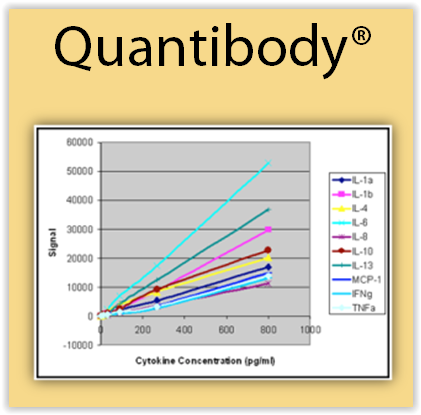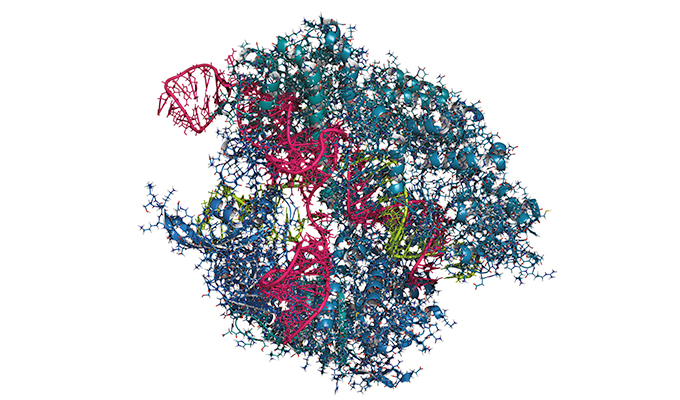The FDA-approved drug Losartan is used to treat high blood pressure. By preventing the blood vessels from narrowing, Losartan improves blood flow reducing hypertension. Losartan is also used to reduce kidney damage in type 2 diabetes patients with high blood pressure. Losartan is now considered an attractive therapeutical solution to prevent epilepsy associated with vascular injury.
Losartan belongs to a group of drugs called Angiotensin II Receptor Antagonists, aka Angiotensin Receptor Blockers (ARBs), AT 1-receptor antagonists or sartans.

Bar-Klien et al. have demonstrated that Losartan is a potent preventive agent against epilepsy in brain cellular populations following vascular injury and brain exposure to albumin.
The authors identified the molecular mechanisms of this effect. They came to the conclusion that AT-1-receptor antagonist indeed blocks the TGF-beta signalling pathway in the brain.
Sartan-related active molecules
- Losartan potassium (CAS: 124750-99-8): Losartan is the potassium salt form of Losartan. Losartan is an Angiotensin II antagonist with antihypertensive activity that selectively blocks the binding of Angiotensin II to the Angiotensin I (AT1) Receptor.
- Valsartan (Angiotensin antagonist; CAS: 137862-53-4) is a high affinity and highly selective angiotensin AT1 receptor antagonist (Ki = 2.38 nM). Valsartan normalizes the increased production of inflammatory cytokines in adipose and liver tissue in LPS-infused mice. Valsartan is a clinically useful antihypertensive agent.
Source:

- Bar-Klein, Guy et al. “Losartan Prevents Acquired Epilepsy via TGF-beta
Signaling Suppression.” Annals of neurology 75.6 (2014): 864–875. PMC. Web. 17 Nov. 2015.
What to know more about bioactive small molecules and signalling pathway research tools?
Leave a message below or subscribe to our thematic e-Newsletter to stay up to date on new tools such as those introduced here!



